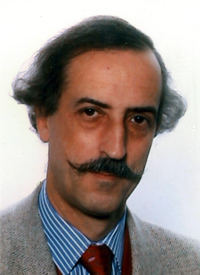Website Launch—Khamseen: Islamic Art History Online
On October 20, 2020, Khamseen: Islamic Art History Online launched. Khamseen is a free and open-access online platform of digital resources to aid the teaching of Islamic art, architecture, and visual culture. It is sponsored by the Digital Islamic Studies Curriculum (DISC) at the University of Michigan through the support of The Andrew W. Mellon Foundation.

Khamseen currently offers a collection of short-form video presentations on a range of topics in the scholarly discipline of Islamic art history. These presentations are intended to support educators, particularly those who face limited access to institutional and archival resources, and to bring new voices, perspectives, methodologies, artworks, and objects into classrooms. Besides catering to undergraduate and graduate students, the materials provided here are also intended to help educate and inspire interested audiences outside of academia. Through this platform, we seek to take the study of Islamic art out to the world, reaching a truly international level of engagement and learning thanks to the possibilities of integrated digital technologies.
Visit the Khamseen website and follow us on our socials: @khamseenislamicart (Instagram), @TeamKhamseen (Twitter), and @KhamseenIslamicArt (Facebook).
Those interested in contributing to Khamseen may submit their ideas here.
© International Qur’anic Studies Association, 2020. All rights reserved.

 The theme of the 2019 conference is The Seas and the Mobility of Islamic Art. The symposium will explore the relationship between Islamic art and trade routes, migration, and travel. Among other topics, the speakers will discuss the following:
The theme of the 2019 conference is The Seas and the Mobility of Islamic Art. The symposium will explore the relationship between Islamic art and trade routes, migration, and travel. Among other topics, the speakers will discuss the following: Just for some background information for our readers, what is current your position in Paris?
Just for some background information for our readers, what is current your position in Paris?